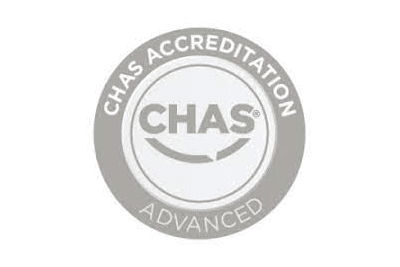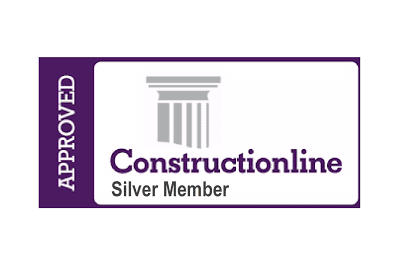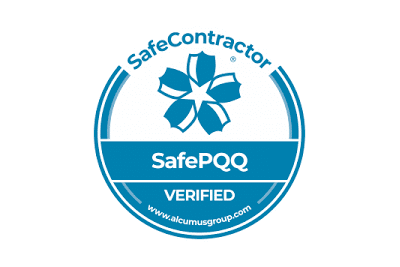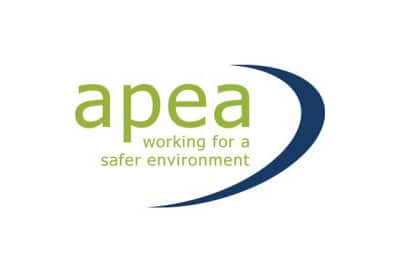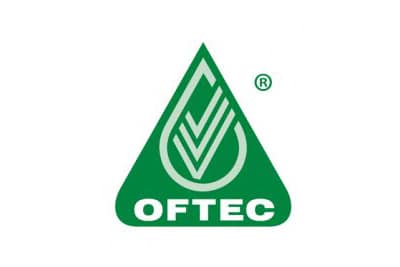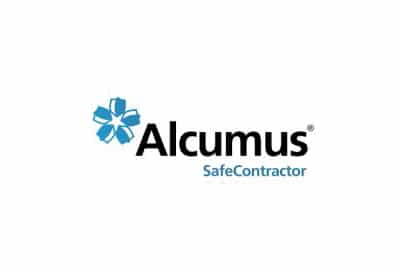Underground Tank Removal Service
UNDERGROUND FUEL TANK REMOVAL
Service Overview
JWH Tanks provide safe and efficient underground tank removal services nationwide, utilising an in-house team of industry experts.
Underground fuel tanks can pose significant environmental and safety risks if not properly managed. With our extensive experience and commitment to excellence, we offer a comprehensive solution for the removal and remediation of underground tanks, ensuring the protection of your property and the environment.
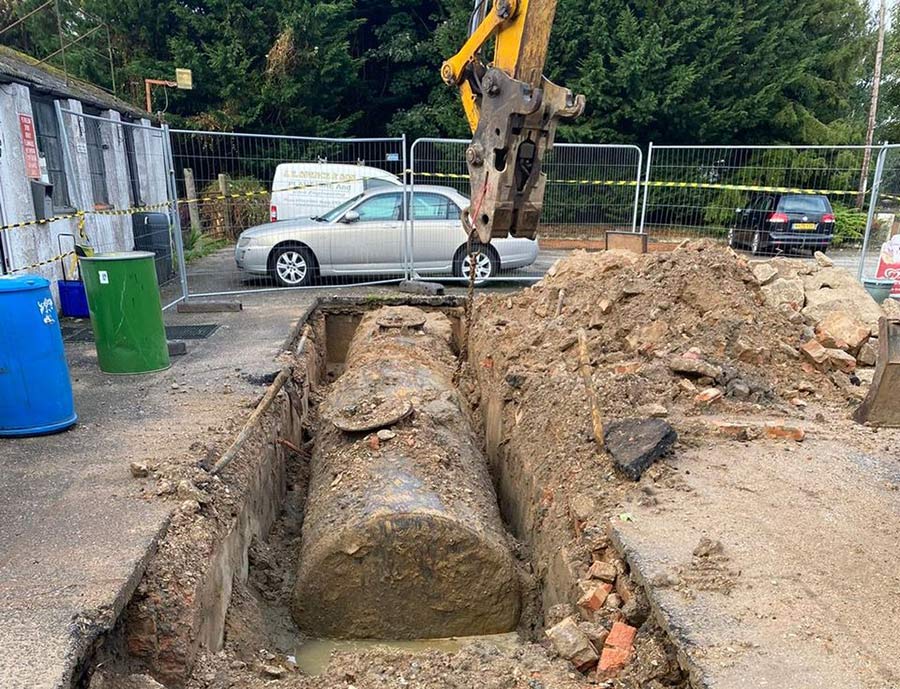
Why choose us for underground tank removal services?
Choosing JWH for your underground tank removal needs means choosing expertise, professionalism and a commitment to environmental responsibility. Our team of highly trained technicians have completed countless underground tank removal projects across the UK, earning the trust of our clients through our exceptional service and dedication to safety for more than 50 years. Our underground tank removal services include:
Safe Tank Removal
We employ state-of-the-art equipment and methods to remove underground tanks without compromising safety. Having the ability to clean and prepare tanks correctly ensures that your project meets the require standards for safety and environmental compliance.
Soil Remediation
If contamination is detected, we offer soil remediation services to restore your property to its pristine state. Our remediation practices enable validation of your tank farm, accompanied by a report suitable for submission to local planning authorities.
Regulatory Compliance
We navigate the complex regulatory landscape in the UK to ensure that your project complies with all relevant laws and regulations.
JWH is committed to providing you with safe, efficient, and environmentally responsible underground tank removal services. Our dedication to sustainability and compliance sets us apart as the preferred choice for all your underground tank removal needs.
Explore our case studies and client testimonials to learn more about our successful projects and satisfied clients.
Have questions? Check out our FAQs or contact us today for a free consultation and quote. Let JWH be your partner in ensuring the safe and responsible removal of underground tanks in the UK.
UNDERGROUND TANK REMOVAL PROCESS
Comprehensive Service Management
Our underground fuel tank removal services encompass the entire process, ensuring that the job is executed with precision and adherence to safety standards. Upon receiving your purchase order, our dedicated team takes charge of the process.
Regulatory Compliance
Compliance with regulatory requirements is a top priority. For projects involving petrol, we proactively liaise with your local petroleum licensing authority. We inform them of the proposed work and diligently submit the necessary documentation for approval.
Pre-removal Cleaning and Gas-Free Assurance
Prior to the actual underground fuel tank removal, we can guarantee that your tanks are thoroughly cleaned and certified as gas-free. This ensures a safe and contamination-free removal process.
Safe Excavation Practices
Safety is paramount in our operations. We strictly adhere to a safe excavation policy, ensuring that no digging takes place until all underground services have been identified and appropriately isolated if necessary.
Precision in Hard-to-Reach Areas
We specialise in removing underground fuel tanks from challenging or inaccessible locations, including sites where construction has occurred over the tanks' original installation. Our cutting methods allow tanks to be removed in sections, reducing the excavation footprint significantly.
Site Security and Minimised Impact
To maintain a secure and controlled environment, we always enclose the work area with appropriate fencing to prevent unauthorised access. Despite the potentially intrusive nature of underground fuel tank removal, our commitment is to minimise any disruption to our clients' operations.
Alternatives to Underground Tank Removal
In situations where the removal of your underground tanks may not be the most suitable option, we offer additional underground fuel tank decommissioning services. Our range of services includes foam and concrete filling alternatives, providing flexible solutions tailored to your specific needs.
DISCUSS YOUR OPTIONS
During your initial inquiry, we will discuss all available options with you to determine the method that best aligns with your requirements and objectives.
To explore these alternatives and find the best solution for your situation, call us on 01132 635163 to speak directly with one of our experienced operatives.
Email us at [email protected] for enquiries and assistance or simply drop us a line through our contact form.
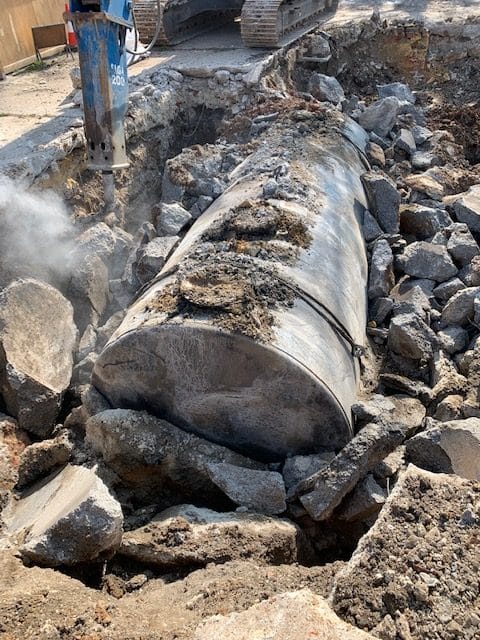
Obtaining a Quotation
To provide a quotation, we simply need to gather a few pieces of information to allow us to assess your tank removal needs. Of course, please feel free to make an initial call as we can often give you a budget figure based on our experience.
- The number of, and working capacities of the tank / tanks to be removed
- If the tanks are to be removed whole, the physical dimensions of the tank/s to allow us to allocate the transport required.
- The current or last grade of fuel or oil held in the tank.
- Whether the tanks are above or below ground and what access we have to the tanks.
- If the tank or tanks are no longer in use, the level of fuel / oil in them for disposal.
- If possible, some pictures of the tanks and subsequent access e.g. beneath manhole covers or access for large vehicles.
- Where in the UK the tanks are located.
Our Commitment to Quality and Compliance
For your peace of mind, we are proud members of both the Petroleum Equipment Installers and Maintenance Federation (PEIMF) and The Association for Petroleum and Explosives Administration (APEA). Please note that all our forecourt work is subject to approval and supervision by local Petroleum Licensing Authorities.
For more information about these industry associations, you can visit their respective websites:
At JWH, we are dedicated to providing you with the best solutions for your underground tank needs, whether it involves removal or alternative decommissioning methods.
Your satisfaction and compliance with industry standards are our top priorities.
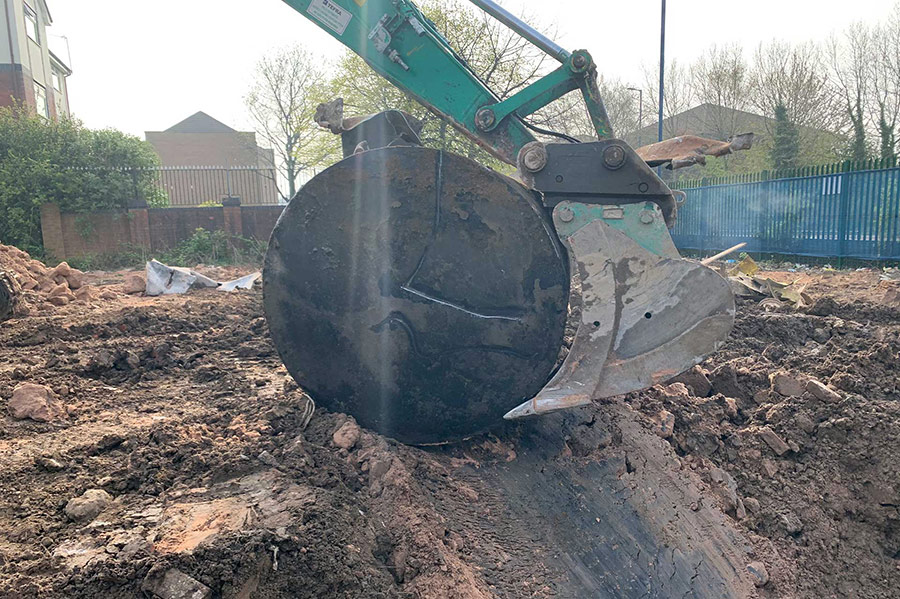
UNDERGROUND TANK REMOVAL FAQs
As you can imagine all underground tank removal jobs are different. Single smaller tanks can sometimes be cleaned and removed in a single day, however, multiple tanks, particularly when set in concrete can take up to a week to remove.
If your tank has contained petrol, the local petroleum licensing authority should always be made aware of any proposed works. At JWH Tanks, part of the preparation work for any underground tank removal would be to submit our safe system of work to all stakeholders for the correct approvals.
If you are never going to use a tank again, removal is always the best option. Accompanied by some soil testing and ground validation, you can then rest assured that any future expense has been negated. Our team will always offer as much assistance as possible through the decision-making process, giving you all the options to enable you to make an informed decision.
Removing a redundant underground tank is essential to prevent soil and groundwater contamination, ensure legal compliance, and eliminate potential safety hazards.
We offer tank detection and assessment services to determine if there is an underground tank on your property.
Yes, our team follows strict safety protocols and utilises advanced equipment to ensure safe underground tank removal.
We can remove underground tanks used for storing fuels, oils, water, solvents or heating oil.
If contamination is detected, we can provide soil remediation services to clean up any affected areas and restore your property.
We handle the permitting process to ensure your project complies with all relevant UK regulations.
The duration of the process varies depending on the size and complexity of the project. We can provide you with an estimated timeline during the consultation.
We safely remove and dispose of the tank’s contents following all applicable regulations and guidelines.
Yes, we can provide environmental assessments and reports to confirm that your property meets environmental standards.
The cost varies based on factors such as tank size, location, soil conditions, and regulatory requirements. Contact us for a free consultation and quote tailored to your specific project.
OUR ACCREDITATIONS
